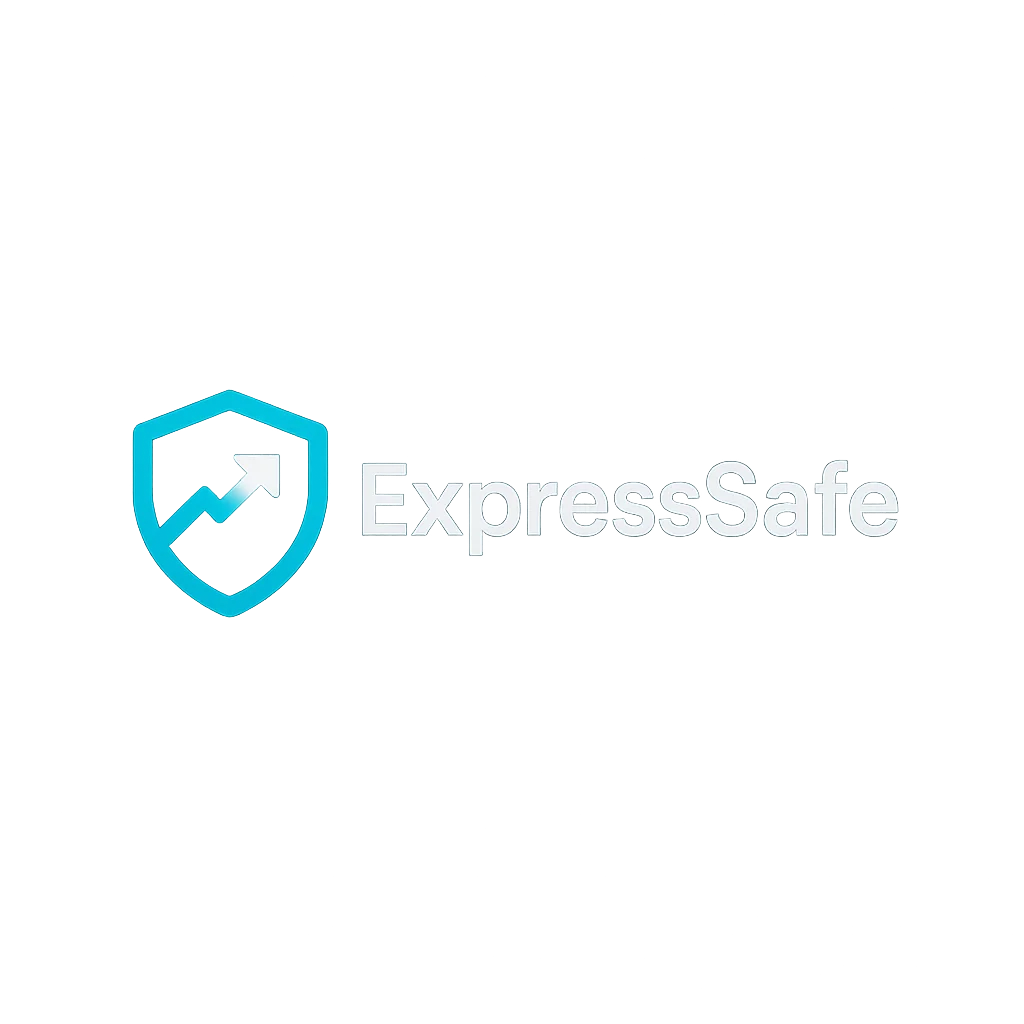Introduction
The evolution of crypto finance has outpaced even the most optimistic forecasts, with decentralized finance (DeFi), AI-powered trading systems, and programmable money reshaping the global financial landscape. As we step deeper into the Web3 era, the convergence of cryptographic security, decentralized infrastructures, and intelligent automation has enabled a new financial order — one that is borderless, programmable, and increasingly governed by communities, not banks.
In this deep-dive article, we explore:
- The architecture and risks behind modern DeFi protocols
- The next generation of AI-powered trading bots
- Tokenomics design strategies that actually sustain ecosystems
- The global regulation race: MiCA, SEC vs CFTC, and beyond
- Future trends: L2s, RWA tokenization, ZK tech, and more
1. Understanding the Modern DeFi Stack
1.1. Protocol Layers
Modern DeFi protocols are composed of layered infrastructure:
- Settlement Layer: Ethereum, Solana, Avalanche — the base layer where finality and state are secured.
- Asset Layer: ERC-20 tokens, wrapped tokens, synthetic assets, and RWAs (Real World Assets).
- Protocol Layer: Lending protocols (Aave, Compound), DEXs (Uniswap, Curve), derivatives (dYdX, GMX).
- Aggregation Layer: Yearn, Beefy, DeFi Saver — optimize yields via smart contract automation.
- Interface Layer: Wallets (MetaMask, Rabby), dashboards (Zapper, Zerion), and APIs.
1.2. Risks in DeFi
Even advanced users can be blindsided by DeFi’s risks:
- Smart Contract Exploits: Vulnerabilities like reentrancy, flash loan attacks, and logic errors.
- Oracles & Price Feeds: Manipulatable off-chain feeds (e.g., Oracle delay exploits).
- Liquidity Risks: Thin pools = high slippage or failure to exit positions.
- Governance Risks: Protocol capture through token-weighted voting.
1.3. Audit ≠ Safety
Despite audits, over $3 billion has been lost to bugs and exploits. Tools like Code4rena, OpenZeppelin Defender, and Formal Verification systems like Certora are becoming essential.
2. AI-Powered Trading Bots in Crypto
2.1. What’s Changed?
Classic trading bots focused on scalping and arbitrage. Today’s AI bots integrate:
- Reinforcement Learning (e.g., OpenAI Gym + crypto data feeds)
- Sentiment Analysis from Twitter, Reddit, and on-chain news
- Self-Learning Neural Networks fine-tuned with historical data
2.2. Notable AI Trading Frameworks
- Numerai Signals: Crowdsourced AI hedge fund
- CryptoHero & Shrimpy Pro: Bots that evolve using machine learning
- Stoic AI by Cindicator: Quant strategies for retail users
2.3. Custom Building AI Bots
Advanced devs use:
- Python (Pandas, Scikit-learn, TensorFlow) for building ML logic
- TradingView & CCXT API for real-time trading integration
- Feature engineering on order book data, gas fees, token velocity
3. Tokenomics: What Actually Works?
3.1. Common Pitfalls
- Over-inflated supply schedules kill long-term value.
- Staking rewards without utility = Ponzi-like dynamics.
- Lack of burn mechanics or deflation strategies.
3.2. Sustainable Tokenomics Blueprint
- Utility-Driven Demand: Ensure real use cases (e.g., gas fees, governance access, exclusive features).
- Deflation Tactics: Burn mechanisms (like EIP-1559), buybacks (like LUNA 1.0 pre-collapse).
- Balanced Vesting: Avoiding unlock cliffs and ensuring decentralization over time.
- Dynamic Monetary Policy: Algorithmic interest rates, usage-based minting.
3.3. Case Studies
- Uniswap (UNI): Governance-focused but lacks burn utility — limited value accrual.
- Curve (CRV): Vote-locking (veToken model) promotes long-term staking and protocol loyalty.
- GMX: Fee-sharing with token holders = real yield model.
4. Global Regulation Landscape: Where Are We Heading?
4.1. US: SEC vs. Everything
- The SEC classifies most tokens as securities, triggering legal chaos.
- Major cases: Ripple (XRP), Coinbase, Binance.US.
- DAOs under scrutiny: Are they truly decentralized?
4.2. EU: MiCA Framework
- Markets in Crypto-Assets Regulation (MiCA) comes into effect in 2024.
- Classifies tokens as utility, asset-referenced, or e-money.
- Requires whitepapers, issuer registration, and stablecoin controls.
4.3. Asia: Dual Strategy
- Hong Kong: Becoming a regulated crypto hub.
- Singapore: Selective approach with strict compliance (MAS-licensed exchanges).
- Japan: Token listings heavily scrutinized.
4.4. Regulatory Trends to Watch
- Travel Rule Compliance
- Proof of Reserves Audits
- Token Classification Frameworks
- CBDCs and Private Wallet Restrictions
5. What’s Next for Crypto Finance?
5.1. Tokenization of Real World Assets (RWA)
- RWAs like real estate, carbon credits, and invoices are coming on-chain.
- Protocols: Centrifuge, Maple Finance, Ondo Finance
- Real yield, low correlation to crypto markets, institutional appeal.
5.2. Layer-2 Explosions
- zkRollups: Starknet, zkSync Era, Scroll
- Optimistic Rollups: Arbitrum, Optimism
- Appchains & RollApps: Modular chains like Celestia + sovereign DAOs.
5.3. Privacy & zk Tech
- ZkSnarks and ZkStarks powering private payments and scaling.
- Future: zkML = combining privacy and AI.
5.4. Interoperability Protocols
- Cross-chain swaps: Thorchain, Wormhole, LayerZero
- Blockchain abstraction: Avalanche Subnets, Cosmos IBC, Polkadot Parachains
6. Actionable Strategies for Advanced Users
6.1. Portfolio Diversification for On-Chain Risk
- Balance L1s, L2s, RWAs, and stablecoins.
- Use DeFi aggregators to minimize impermanent loss.
- Stake on battle-tested protocols only (TVL > $1B, audits, bug bounties).
6.2. DAO Governance: Power and Influence
- Actively participate in proposals.
- Use Tally.xyz or Snapshot to stay updated.
- Accumulate governance tokens with high influence (e.g., veCRV, COMP, UNI).
6.3. Advanced Yield Farming
- Seek real yield sources: GMX, Gains Network, Pendle.
- Use automated vaults: Yearn V3, Reaper, or Enzyme Finance.
- Track APR decay with on-chain dashboards.
Conclusion
Crypto finance is no longer in its infancy. We’re entering a phase of professionalization, regulation, and hybridization with traditional finance. Advanced users must evolve, too — from understanding protocol mechanics to building intelligent AI tools, managing DAO governance, and tracking global regulation in real-time.
Your advantage lies in synthesis: connecting the dots between infrastructure, tokenomics, legal frameworks, and future trends.
expresssafe.com is your home for cutting-edge insights. Stay ahead. Stay sovereign.

Leave a comment